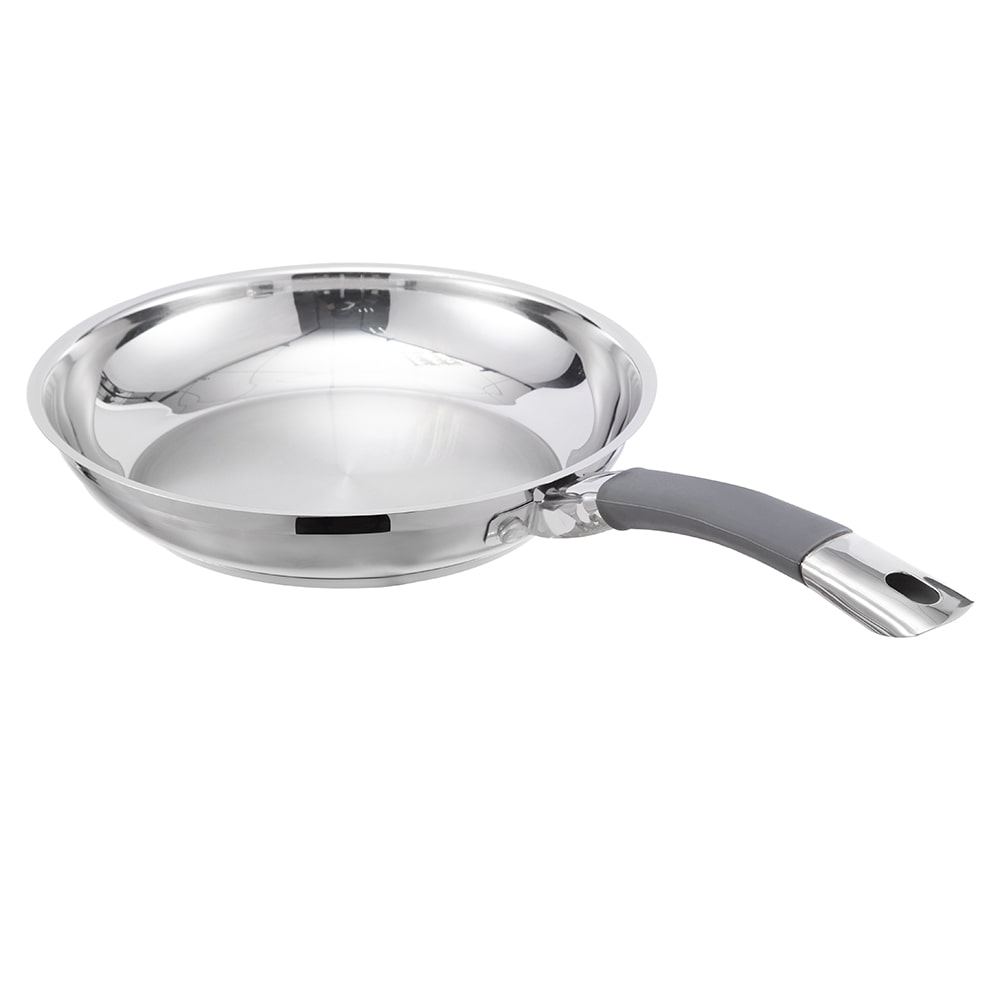For decades, the cookware landscape has been dominated by a simple promise: non-stick performance. From traditional PTFE-based coatings to ceramic alternatives, the goal has been to prevent food from sticking. However, each of these technologies has come with trade-offs, often involving concerns about durability, longevity, and health. A new paradigm is emerging, moving the conversation from a simple surface coating to a fundamental transformation of the cookware’s surface. This shift is powered by plasma technology, a process that is redefining the very properties of cookware at a molecular level.
What is Plasma Treated Cookware? A Foundational Shift
To understand plasma treated cookware, one must first move beyond the concept of a coating. Traditional non-stick surfaces are applied layers that sit on top of the base metal, much like paint on a wall. Plasma treated cookware, however, is not about adding a layer but about fundamentally altering the topmost layer of the base material itself.
Plasma, often referred to as the fourth state of matter, is an ionized gas containing a rich soup of positive ions and free electrons. It is a highly energetic and reactive state that can be precisely controlled in an industrial vacuum chamber. In the context of cookware, the process involves placing the prepared cookware item—often aluminum or stainless steel—into this chamber. A specific gas mixture is then introduced, and plasma is generated using a powerful electrical field. This energetic plasma bombards the surface of the cookware, accomplishing one of two primary objectives, both of which represent a significant departure from conventional methods.
The first application involves surface cleaning and activation. The plasma etches the surface at a microscopic level, removing any residual organic contaminants and creating an ultra-clean, highly receptive surface. This is a critical preparatory step that ensures any subsequent coating will adhere with exceptional strength. The second, and more transformative, application is Plasma Enhanced Chemical Vapor Deposition (PECVD). In this process, the reactive plasma environment causes precursor gases to break down and recombine, forming a thin, ultra-hard, and exceptionally durable film that is bonded directly onto the cookware’s surface through powerful covalent bonds. This is not a simple spray-on layer; it is a surface that has been grown and fused onto the base metal. The core distinction lies in this integration: where a coating is a separate entity, the surface of plasma treated cookware is an integral, enhanced part of the whole.
The Science Behind the Surface: More Than a Coating
The superiority of plasma treated cookware is rooted in the physics and chemistry of its surface modification. The process bestows properties that are difficult, if not impossible, to achieve with conventional liquid-applied coatings. The interaction between the high-energy plasma and the material creates a surface that is fundamentally different in its structure and performance.
One of the most significant outcomes is the dramatic increase in surface hardness. The film created through PECVD is often a form of diamond-like carbon (DLC) or a similar hard ceramic material. This results in a surface that is exceptionally resistant to abrasion. This is a direct answer to one of the most common consumer complaints: scratching from metal utensils. While no cookware is indestructible, the scratch resistance of plasma treated cookware is orders of magnitude higher than that of traditional non-stick options. This durability is intrinsically linked to the bonding mechanism. The covalent bonds formed during the plasma process are among the strongest in chemistry, creating a surface that will not peel, delaminate, or flake off over time, addressing both performance and potential safety concerns.
Furthermore, the process allows for precise engineering of the surface’s properties. The non-stick performance is not an afterthought but a designed-in characteristic. The plasma treatment can create a surface with a very low surface energy, meaning that food particles and oils have a difficult time adhering to it. This results in an effortless food release without relying on the fragile, porous structures of traditional non-stick coatings. The non-stick property is inherent to the modified surface layer itself. This advanced level of control also allows manufacturers to tailor the surface for specific functionalities, making it a versatile platform for future innovation in the cookware industry.
Key Features and Tangible Benefits for the End-User
The technical advantages of plasma technology translate directly into a suite of compelling benefits that resonate with modern consumers. These benefits address long-standing pain points and elevate the user experience from mere convenience to reliable performance.
Unmatched Durability and Longevity
The most immediate benefit is the exceptional durability. The hardened surface stands up to daily use in a way that traditional coatings cannot. The use of metal utensils, typically forbidden with standard non-stick pans, becomes a possibility with plasma treated cookware. This resilience also extends its lifespan significantly. Where a conventional non-stick pan might show degradation within a year or two, a plasma-treated version can maintain its performance for many years, making it a more sustainable and cost-effective choice over time. This directly impacts consumer satisfaction and reduces the likelihood of product returns, a key consideration for buyers and retailers.
Superior and Consistent Non-Stick Performance
The non-stick capability of plasma treated cookware is both effective and consistent. Because the non-stick property is a characteristic of the fused surface rather than a coating that can wear thin, it remains effective throughout the life of the pan. Users experience reliable food release, making it ideal for cooking delicate items like eggs, fish, and pancakes. The ease of cleaning is another major benefit; most residues wipe away with a simple rinse or a light wipe with a soft sponge, fulfilling the promise of easy clean-up that is so highly valued in the kitchen.
Enhanced Safety and Health Profile
In an era of heightened health consciousness, the safety profile of plasma treated cookware is a significant advantage. The process itself does not require the use of PFOA or PFOS, chemicals of concern associated with older non-stick manufacturing. Since the surface is fused and highly inert, there is no risk of the coating peeling off into food. This addresses consumer concerns about ingesting coating particles. Furthermore, the robust surface is highly resistant to corrosion and does not react with acidic foods, ensuring that no metallic taste is imparted and the purity of the food is maintained. This makes it an excellent choice for healthy cooking with minimal oil.
Exceptional Heat Performance and Versatility
Plasma treated cookware is typically built on a high-performance base material, such as heavy-gauge aluminum with a thermally efficient core. The plasma treatment itself is extremely thin and does not inhibit heat transfer. This results in cookware that heats evenly, eliminating hot spots that can cause food to burn. Its robustness also means it can withstand higher cooking temperatures than many traditional non-stick options, making it suitable for a wider range of cooking techniques, from searing to baking. The following table summarizes the key performance comparisons.
| Feature |
Traditional Non-Stick Cookware |
Plasma Treated Cookware |
| Durability |
Prone to scratching and peeling; requires plastic utensils. |
Highly scratch-resistant; often metal utensil safe. |
| Longevity |
Performance degrades in 1-3 years with regular use. |
Maintains performance for a significantly longer lifespan. |
| Non-Stick Performance |
Excellent initially, but deteriorates over time. |
Consistent and long-lasting due to the fused surface. |
| Safety |
Potential for coating to chip; historically used PFOA/PFOS. |
Inert, fused surface; no PFOA/PFOS in the process. |
| Heat Tolerance |
Limited; can be damaged by very high heat. |
Generally higher heat tolerance. |
| Ease of Cleaning |
Easy initially, but can become difficult as coating degrades. |
Consistently easy to clean throughout its life. |
Care and Maintenance: Maximizing Product Life
While plasma treated cookware is designed for exceptional durability, proper care is still recommended to maximize its service life. The guidelines are straightforward and are in line with caring for other high-end kitchen tools.
It is generally advised to use low to medium heat during cooking. The excellent heat distribution of the base metal means that high heat is rarely necessary and can be counterproductive, potentially leading to food carbonization on the surface, which can be difficult to clean. While the surface is highly scratch-resistant, using utensils made of wood, silicone, or nylon can further preserve its pristine appearance. The use of metal utensils is often possible, but avoiding abrasive actions like cutting food directly in the pan is a prudent practice.
Cleaning is simple. Allowing the cookware to cool slightly after use before washing is recommended. A soft sponge or cloth with warm, soapy water is typically all that is needed. While many versions are dishwasher safe, hand washing is always suggested to maintain the appearance and longevity of any cookware over the long term. Harsh, abrasive cleaners or scouring pads should be avoided, as they are unnecessary and could, over a very long period, dull the high-gloss finish, even if they do not compromise the non-stick properties. The key takeaway is that maintenance is simple and focuses on preserving the product’s aesthetic and functional quality for years to come.
The Future of Cookware and Conclusion
Plasma technology represents more than just a new type of non-stick pan; it signifies a fundamental evolution in how cookware surfaces are engineered. It moves the industry beyond the limitations of applied coatings and into the realm of material science and surface engineering. The result is a category of plasma treated cookware that delivers on the long-elusive promise of combining effortless food release with exceptional durability, robust safety, and superior heat performance.
For industry professionals, understanding this technology is crucial. It is a demonstrable step forward, offering a compelling product story for a discerning market. The narrative is clear: this is not a slightly improved version of the old standard, but a different class of product altogether. As consumers continue to seek out kitchen solutions that are built to last, perform reliably, and align with a modern, health-conscious lifestyle, plasma treated cookware is poised to move from a premium innovation to a mainstream expectation. It truly is a redefinition of what cookware can be.
 No. 1, Jingwei Road, Yangcheng Lake Town, Xiangcheng District, Suzhou City, China
No. 1, Jingwei Road, Yangcheng Lake Town, Xiangcheng District, Suzhou City, China [email protected]
[email protected] +86-13913553688
+86-13913553688
 search
search
 中文简体
中文简体 English
English русский
русский Français
Français Español
Español 日本語
日本語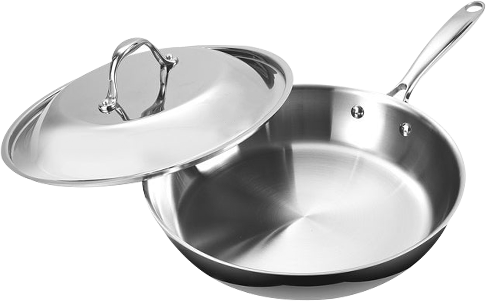
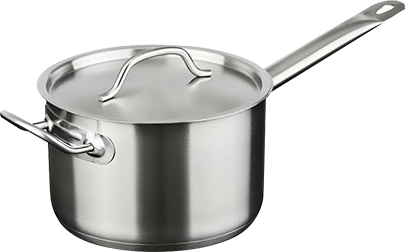
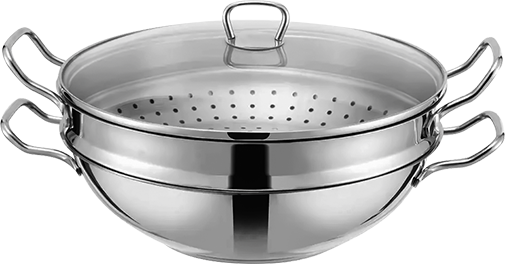
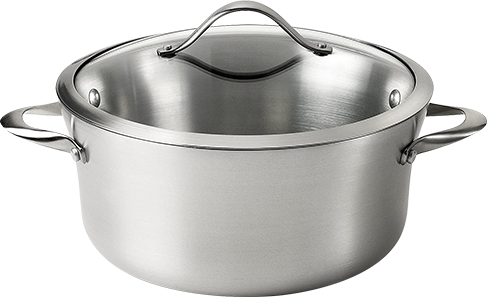
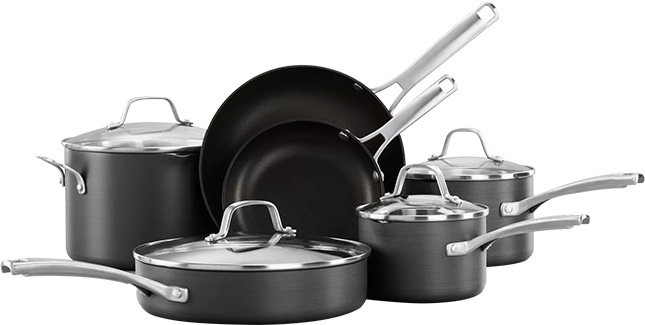


-4.jpg)
-1.jpg)
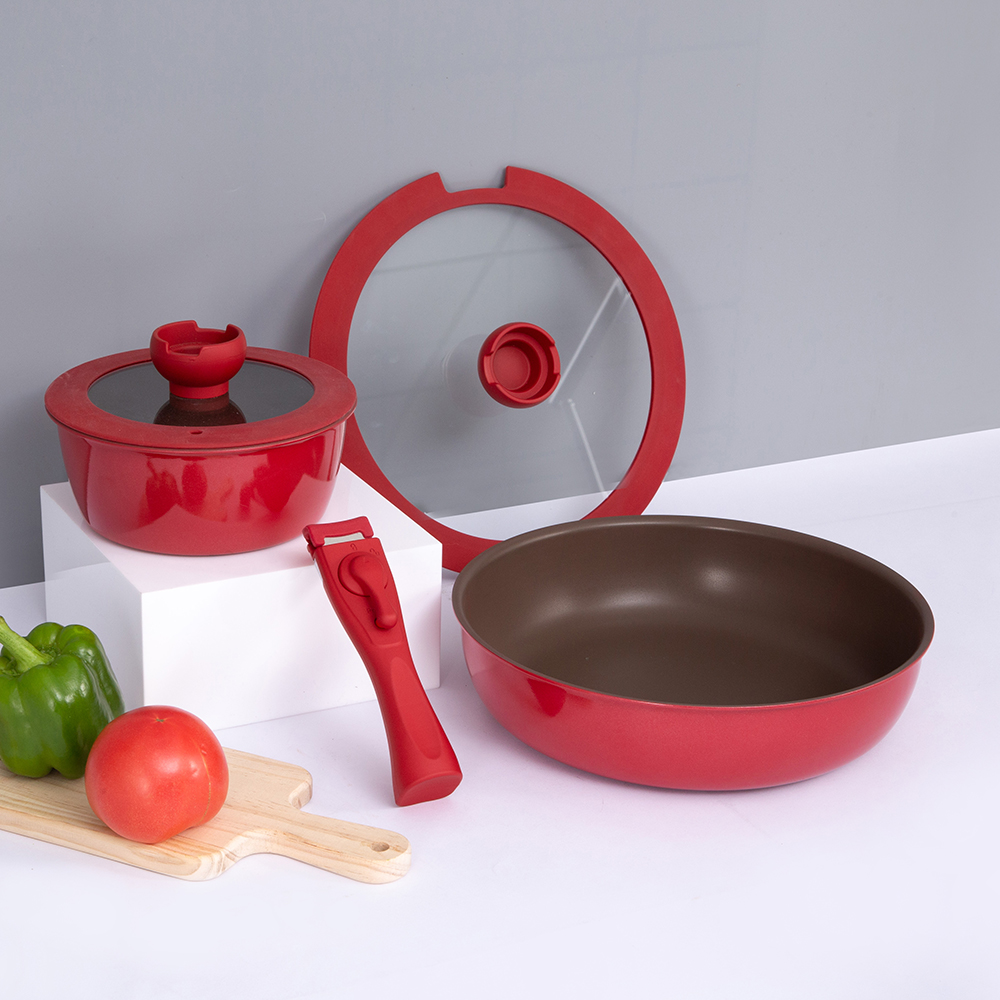
-3.jpg)
-5.jpg)
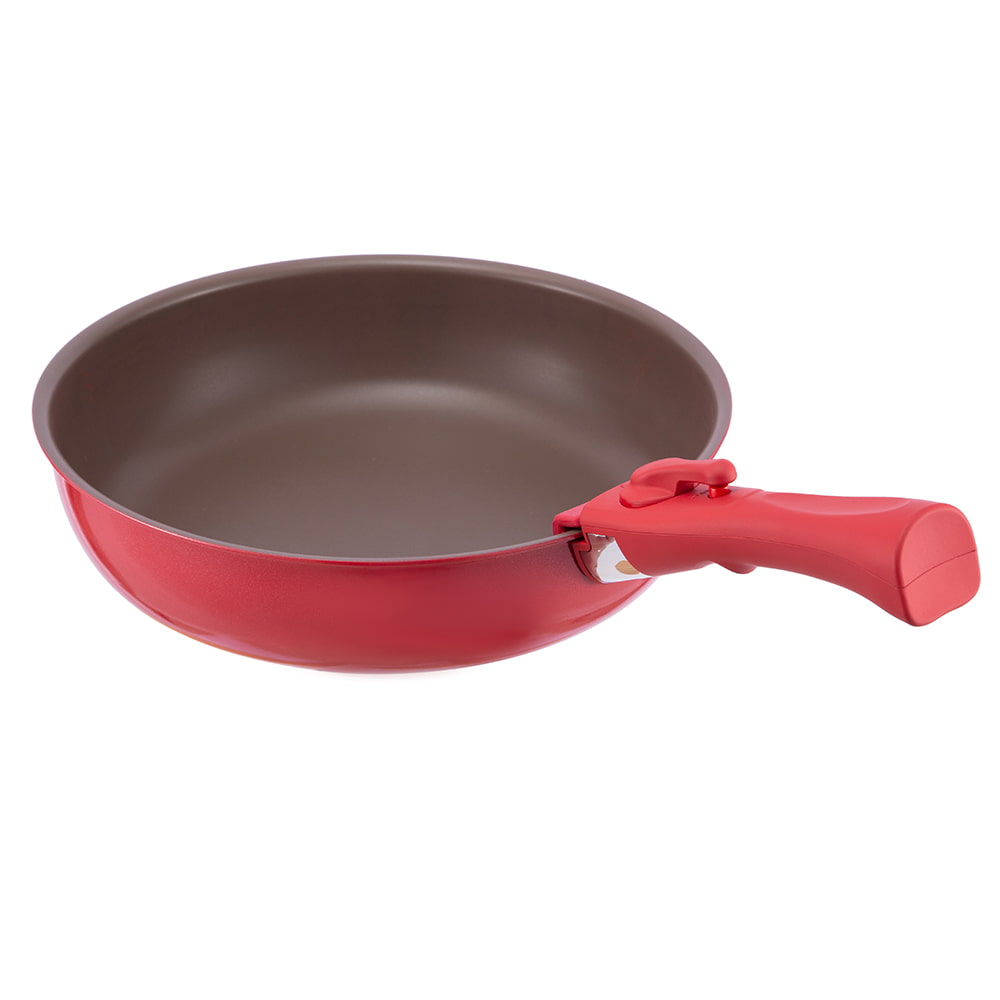
-3.jpg)
-9.jpg)
-3.jpg)
-14.jpg)
